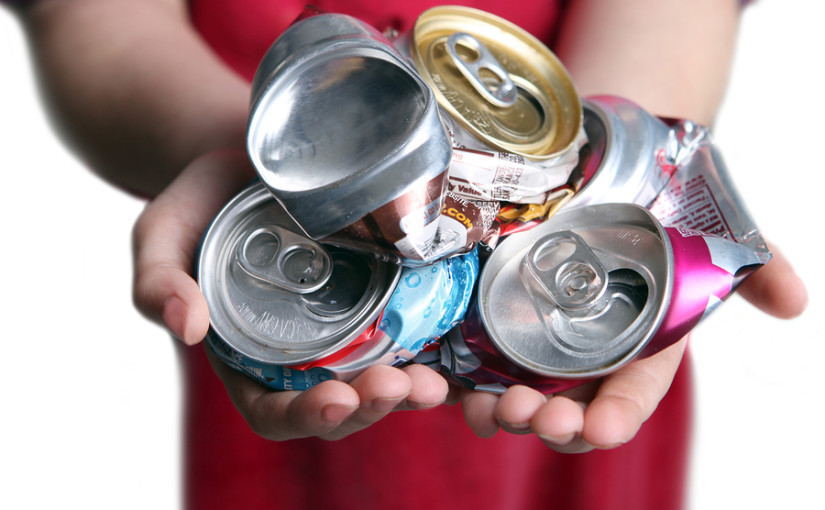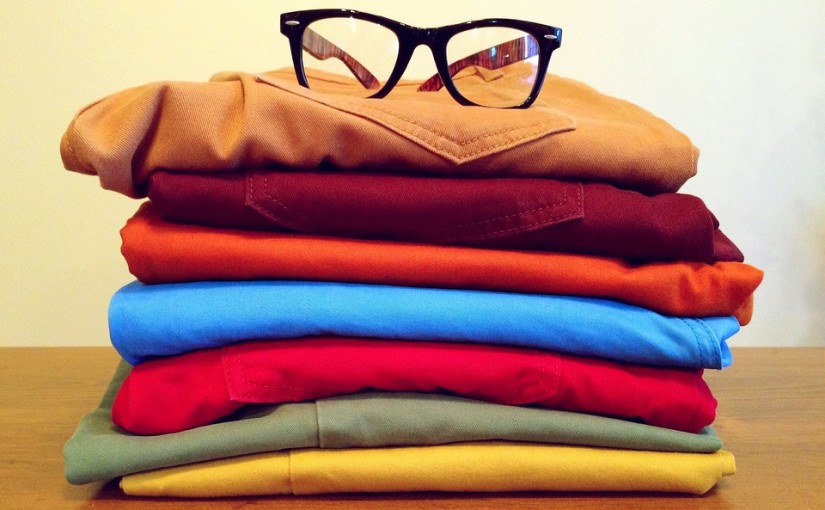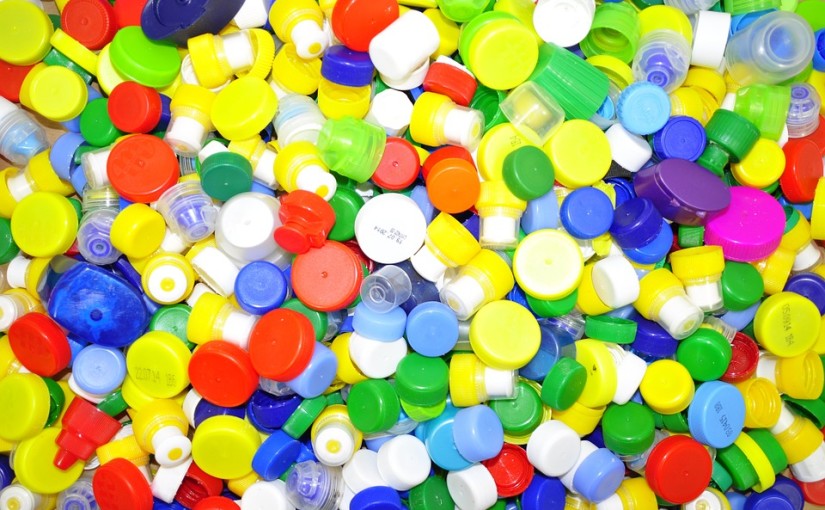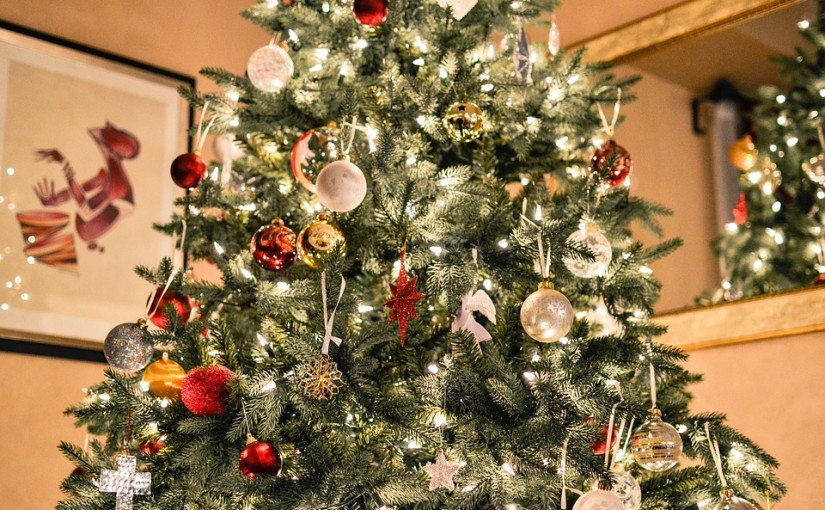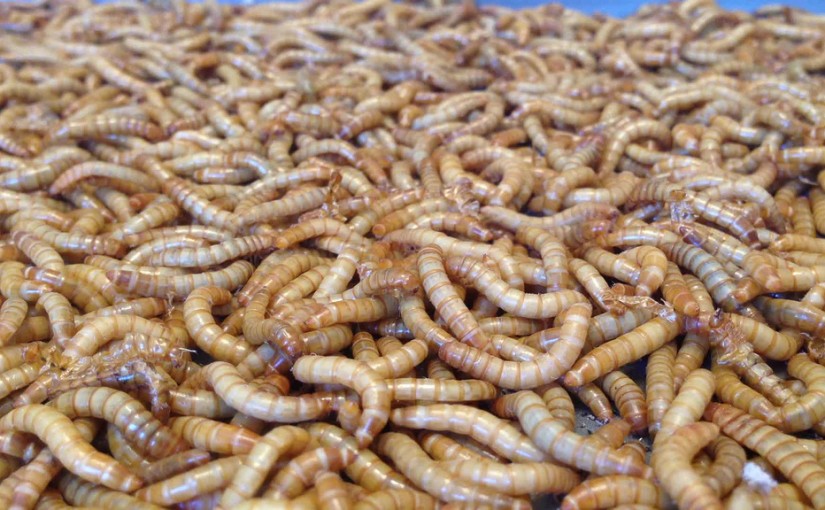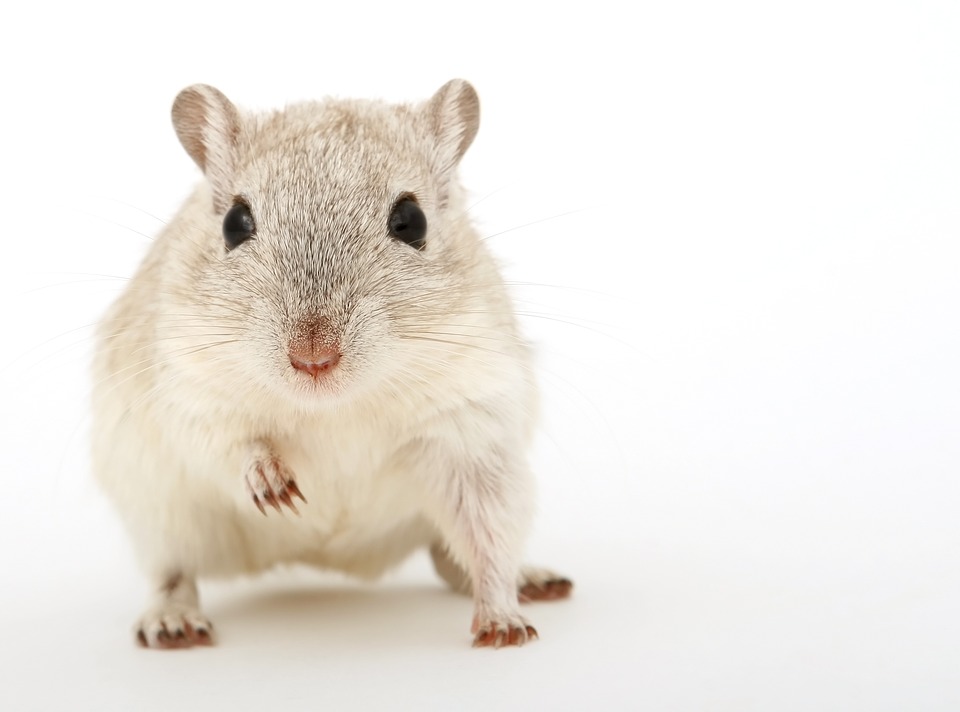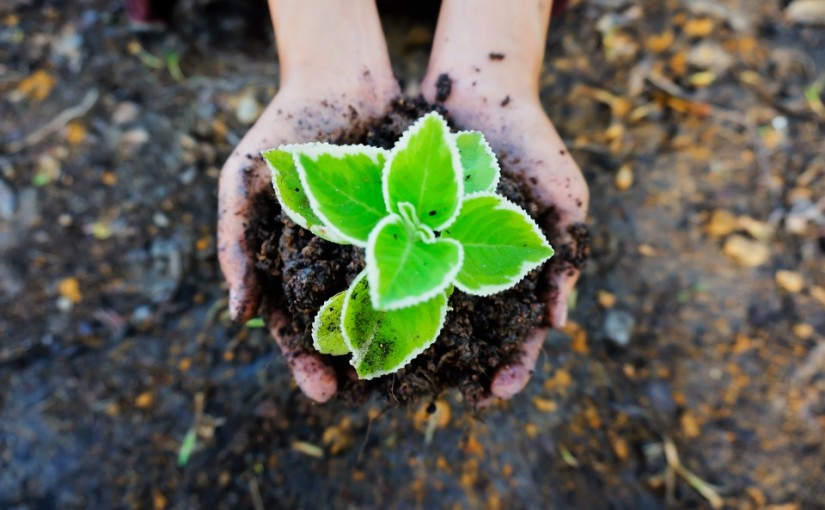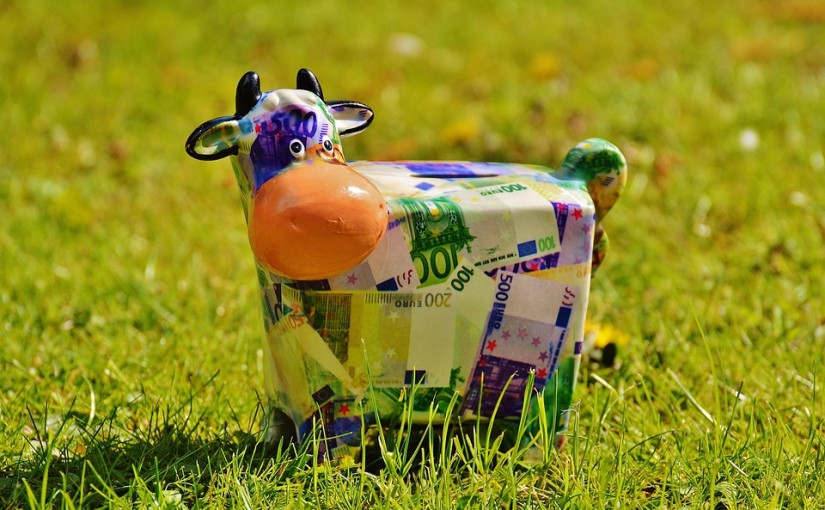We all know that it is important to recycle (and even better to reuse, removing the need to recycle altogether). However, have you ever thought about what happens to the things you recycle once they leave your house or business premises, and what they get turned into once recycled? Focus is always on how important it is to recycle what you can, but not so much on what your waste gets recycled into. Today we thought we’d share that information with you, as it’s pretty interesting. What will the next glass bottle you send for recycling be turned into? How about that can that used to house the baked beans you had with your lunch? Prepare to be surprised.
Category: Recycling
Recycling tips for Halloween
Halloween gets more popular every year in the UK, and it can be great fun to get involved with, but also fairly wasteful with its various aspects; the tasty treats, the crazy costumes, and the dastardly decorations. So, you may be wondering how you can celebrate Halloween without creating a load of extra waste. Whether you’re throwing a Halloween party at home, or you’re off out trick-or-treating with the kids, our tips will help you cut your waste, recycle more, and enjoy a guilt-free Halloween.
Halloween decorations

In the past you might have bought a bunch of decorations from your local shop, then chucked them all out after Halloween. This year, a little bit of planning will make all the difference. Here are some great ideas on how to cut waste and recycle your decorations:
Fast fashion & the destruction of developing countries
It’s a little known fact that us Brits wear just 70 per cent of the clothes that we have stored away in our wardrobes, which leaves us with a total of 1.7 billion unused items. On average, a consumer keeps their garments for three years, but even more shocking than this is the fact that something might be frequently worn in the first year, and then phased into the stockpile of unworn clothes later on. That is why the average British closet is so overstuffed: we don’t wear all of the clothes we own.
The spending habits of the average person in the West have changed dramatically over the last hundred or so years when it comes to buying clothing. Between 2002 and 2003, for example, people in the US spent, on average, four per cent of their income on clothes, whereas back between the years of 1934 and 1946, clothing used up 12 per cent of people’s incomes. The current average expenditure per item in the USA is $14.60. Don’t go thinking that we are all consuming less though. On average, just one person in the UK will produce 70 Kg of textiles waste per year – that is a lot of clothing. Cheap, fast fashion means we are spending less yet buying more.
So, what will happen after you clean out your closet? Continue reading Fast fashion & the destruction of developing countries
How to get kids into recycling
Statistics tell us that adults in the UK are slowly but surely getting better at recycling – especially since the introduction of the fairly recent plastic bag charge, which has forced people to think about their actions – but what about our children? Waste and recycling is tackled by the National Curriculum in schools from Key Stage 1 now, but we all know that kids tend to learn some things better through example rather than simple spoken word. Meaning, if you don’t engage your child in recycling at home, they are less likely to be interested in it, or do it themselves when they are older.
So, how can you get your child into recycling at home? Follow our tips below.
Lead by example
Children love to pretend to be adults, so if your little one sees you reusing and recycling at home (and when you are out and about) they are far more likely to want to do the same, and learn more about what it is you are doing. Pique their interest early on, and normalise your actions.
Make recycling fun
Help your child to learn about recycling in a fun way by setting up a home recycling centre, with different boxes for each type of recyclable. This will be a great game for a small child. Label each box, and let your child explore the world of recycling through learning about the different types and choosing which box to place each item in. Why not make up a song about recycling which you can sing when you’re doing this? Continue reading How to get kids into recycling
How to Recycle your Christmas Tree
It’s beginning to look a lot like Christmas… in fact, many of us now have our Christmas trees up in our homes and workplaces. Each year, 6-8 million of us in the UK purchase a ‘real’ Christmas tree, as opposed to an artificial one. So, what do we do with these trees that we have brought into our homes, once Christmas is over? I often see them abandoned in public in January – fly tipped due to a lack of knowledge, or perhaps just pure laziness and apathy. Yet there are so many options for what you can do.
Here are some ideas for what to do with your Christmas tree after the festive period:
Use a rosemary bush instead

Some people have started using festively pruned rosemary bushes instead of pine trees, as they are far more sustainable, and can be moved around in their pot without you having to chop them down like a traditional tree. But, if you still fancy a pine tree, read on for plenty of ideas… Continue reading How to Recycle your Christmas Tree
What Can We Learn From Japan About Waste & Litter?
Whether you have visited Japan or not, you will have no doubt heard that Japan is perceived as a very neat and clean country. Visitors are often taken aback by the lack of litter – especially in cities, which conversely seem to have an absence of rubbish bins in which to place said litter. This article looks at how Japan reached this level of cleanliness, how it is maintained, if it is true of all of Japan, and what we can learn from this to tackle the UK’s litter problem.
Japan’s clean streets
Japan currently has a 77% recycling rate as a nation; compared to just 20% in the USA and around 36% in the UK. These figures alone show how committed to recycling Japan is, and this passion for waste management seems to pass over into litter too.
There are occasional road signs in Japan telling people to take their rubbish home with them, and that, it seems, is all that is required. There aren’t signs everywhere in public places, threatening fines. There are no huge anti-litter campaigns. People just take their waste home with them, and that’s that!
Japanese culture contributes greatly to this litter-free environment. The Japanese don’t really do ‘eating on the go’, which can contribute to a lot of litter in other countries. Alongside this, as a people, the Japanese generally have a large concern about what others think of them – because of this, they would not want to be seen in the street to be littering or not recycling.
Japan’s lack of street litter is particularly interesting and impressive, as residents have to pay to have home rubbish collected; they purchase designated bags for their waste, which they then have to take to a collection point. This combined with the lack of public bins would, in the UK, cause a huge litter problem I am sure!
World Cup 2014
After their team lost a World Cup football match against Argentina last summer, the Japanese fans made the news worldwide by cleaning up the Brazilian stadium before they left. This wasn’t an organised effort; this is simply what the Japanese do. It is a shame that it was so newsworthy, but it really was quite shocking behaviour, and entirely admirable. They collected all types of litter, from abandoned plastic bottles to tiny pieces of confetti.
Japan’s culture & the background of waste
Before the 20th century, Japanese culture focused on reuse, and very little waste was created. Many items were made from wood, and were built to last. When they broke, they were repaired. People collected scrap bits of paper littering roads, which was then turned into toilet paper.
During the 20th century, rapid economic growth led to mass production of disposable items. This huge change caused problems with waste levels, which in turn caused large environmental issues. Also, it was realised that Japan does not have a lot of room for landfill. Combined, this caused a change in thinking. Authorities pressed moral and environmental issues onto their people, and progress in recycling began. Since the year 2000 in particular, the Japanese have been very conscious of waste and recycling. Laws have kept businesses up to date with recycling too.
Nowadays, Japanese school children are encouraged to clean up after themselves from a young age; they are put into teams and they clean up classrooms and hallways in their schools using a rota system. This instills morals regarding waste and litter from the very start.
The hidden Japanese litter problem
Despite all of the above information, I must admit that Japan isn’t perfect; litter does occur outside nightspots on a weekend, thanks to drunk salarymen, tourists and locals who don’t care about societal norms – although it is usually quickly cleared up. But some litter isn’t picked up, and it’s this litter that makes its way into Japan’s waterways and eventually, the sea.
Many of Japan’s beaches are littered with a mix of litter dropped on the sand by sunbathers, and litter washed up from the sea. Does this litter prove that the Japanese aren’t so well behaved regarding litter and recycling when nobody is watching?
What can the UK learn from Japan?
Unfortunately, many aspects of the Japanese approach to waste and litter management wouldn’t work in the UK. As mentioned above, if our councils charged us to collect our rubbish – and not even from our homes – there would be uproar. There would also be a dramatic increase in littering and fly-tipping. Cutting down on bins would have much the same effect.
Sadly, the cultural difference means Japan’s tactics aren’t very transferable. How nice it would be, however, if us Brits could take a leaf out of Japan’s book – dropping less litter and picking up the litter of others would be a great place to start.
Resources:
Featured image credit: Pixabay
Mealworms Could End Our Plastic Waste Problem!
Litter is a huge problem worldwide, and the news has been full of reports surrounding marine waste pollution in particular lately – most of which is made up of plastics, including single-use carrier bags, bottles, or microbeads. As has been reported recently, this toxic waste is having a detrimental effect on wildlife, marine life, and our planet’s environment in general.
Science Alert published an article yesterday which announced that researchers in the US and China have conducted studies which found that the humble mealworm could be able to help us with our plastic problem. It has been found that this larvae can safely eat and digest plastics such as styrofoam, which are otherwise unrecyclable and therefore get sent to landfill, or end up littering our streets and oceans.
The mealworms which have been eating these plastics have remained healthy throughout tests, and their droppings also appeared safe to use as soil on crops. The mealworms biodegrade the plastics in their gut, meaning that what they pass out of their system in stools is environmentally fine.
This research could be a breakthrough in waste management. With further research, scientists could find a way to mirror the worm’s stomach enzymes and successfully degrade plastics previously sent to landfill. And, could a marine animal also do what the worm has proved it can do?
Watch this space!
Zero Waste pets: how to achieve it
In the UK we love animals, and according to a survey conducted by the PFMA, around 46% of us own at least one pet; 24% of us own one or more dogs, and 17% of us own one or more cats. In total, the UK is home to around 58 million pets, so it’s clear that not only do we adore animals, but most pet owners own more than one.
With pets come extra waste, unfortunately, and many of us just bin it without really thinking about it – even if we’re quite good at thinking about the waste we produce ourselves. The main problem is that some of the waste produced by pets isn’t very pleasant, and so our first instinct can be to just dump it in the bin, out of sight (and smell).
Below we look at the ways in which our favourite pet types produce waste, and how we can attempt to lower this using reuse and recycling ideas.
Dogs

Puppy pads:
When training your puppy, you can end up getting through a LOT of puppy pads – in fact, the amount of pads you get through daily equates to a third of the nappies used by a newborn human baby. If you’re using standard training pads, that’s a lot of waste being sent to landfill. Alternatives are to try biodegradable pads – which are 100% eco-friendly, and compostable – or to try not using training pads at all. The latter idea may sound crazy, but some have managed it – however, if you do go down this route, bear in mind that your carpet will need a deep clean afterwards!
Dog mess:
Leaving dog mess on the pavement, road or in woodland is littering, and also disgusting! However, if owners scoop the poop 3 times daily, they will be sending a staggering 1000 plastic bags per year to landfill. If you choose this method, you could reuse old plastic bags from home (but check for holes!) Otherwise, you could look into other waste disposal methods, such as burying it in the garden (away from your house), or flushing it down the toilet. Flushable, non-plastic bags are available, which dissolve in your toilet and are environmentally friendly.
Food containers:
Processed dog food tends to come in tin cans or plastic bags. Whilst the tins are recyclable, the bags often aren’t. If you have to buy packaged pet food, try to stick to the cans, or bagged dry food only if it is in recyclable packaging. However, why not try cooking your own dog food? There are plenty of books on the market full of recipes, your pooch will be getting all the right nutrients (which is debatable for processed food), and you’ll be saving on waste.
Toys:
Dogs love toys, but many on the market aren’t built to last, and then you have to throw them out. Instead, look out for long-lasting toys made from earth-friendly/recycled materials, or machine washable fabrics. These toys are becoming more widely available, but if you are struggling, try a search on Etsy. An alternative would be to make your own from old clothes, which you could fix with a needle and thread when it tears.
Cats

Litter trays:
The majority of pet cats in the UK do go outside, however if you have kittens or an indoor cat then you will know all about the joys of keeping a litter tray for your pet. 2 million tonnes of cat litter gets thrown into landfill every year. Most of us start out using the clay type, but some of us move away from that to other types, as it can be messy and create a dust which isn’t good for your cat or you to breathe in.
More environmentally friendly options are soil or sawdust, which can both then be used in the garden when solids have been removed. Some owners use their wood pellet litter in fires in winter, whilst others compost this (just don’t use it on compost destined for placement around food crops, just incase). There are also recycled paper litters available, but remember to change litters over slowly if you do change – otherwise your cat may protest outside of the tray.
Food containers:
Processed cat food containers present the same problem as dog food containers. Aim for the recyclable packaging at least, or try making your own – there are books on the market to help you do this. Cats require more specific nutrients than dogs do from their food, such as the amino acid, taurine.
Toys:
Cat toys tend to last longer than dog toys, and also tend to be made more from fabric, which means that when kitty tears it with her claws, you are able to fix it for her with a few stitches, ready for further playing. My cat’s toys have lasted her years because of this. You could also make your cat some new toys very easily by reusing cotton reels, and many other household bits and bobs.
Rodents
Bedding:
Hay, straw and sawdust can be added to your home compost bin. If you were to make your own bedding from shredded paper, or purchase this, you could also add this to your compost bin. Recycled paper is readily available as bedding in pet stores, which is great if you don’t have time (or a shredder) to make your own.
Entertainment/toys:
Entertainment for rodents tends to be long-lasting unless it is food, however they do love to chew things for fun; why not try items such as your old toilet roll tubes, to give them a second use, and save yourself some money too.
Let us know below if you have any other suggestions.
Resources:
Featured image credit: Pixabay
The Forge Guide to Composting at Home
As more and more of us become increasingly environmentally aware, many of us are taking an interest in our food waste, and what we can do with it. Some councils collect it from residents’ houses, but for those that don’t, composting may be the solution you are looking for.
It is also worth checking what your council does with their food waste if they do collect it; if it is sent to landfill, why not deal with it yourself at home instead? Read about the benefits, below.
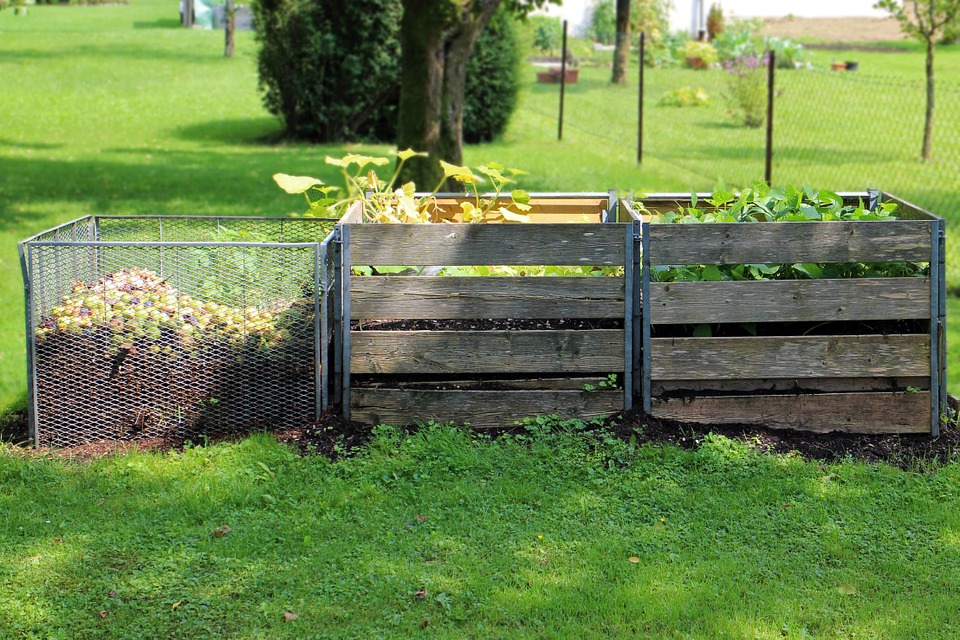
Benefits of composting
- Less waste to landfill
Waste that goes to landfill is bad for the environment – it creates greenhouse gas emissions, which in turn contributes to global warming.
Composting at home for one year saves gases equivalent to those your kettle produces annually, or the gases your washing machine produces in just 3 months!
- Creation of nutrient-rich compost for your garden
The compost you produce from composting your food waste at home will be a great fertiliser for your garden. It will be full of all the nutrients your plants need, such as nitrogen, potassium, and phosphorus. This means it will also keep your soil pH balanced, and its condition improved. Why buy compost when you can create such a good, natural one yourself?

How to compost
- Choosing and placing a compost bin:
- Place your bin somewhere sunny, and on soil. If not on soil, ensure there’s a layer of cardboard or old compost on the base, as liquid will escape through the base.
- There are a variety of compost bins available to buy, or even better – make your own, using wooden pallets or other wood you have lying around. Whichever you choose, ensure you have a plan for how to remove your ready compost from the bottom of the pile.
- What you can compost
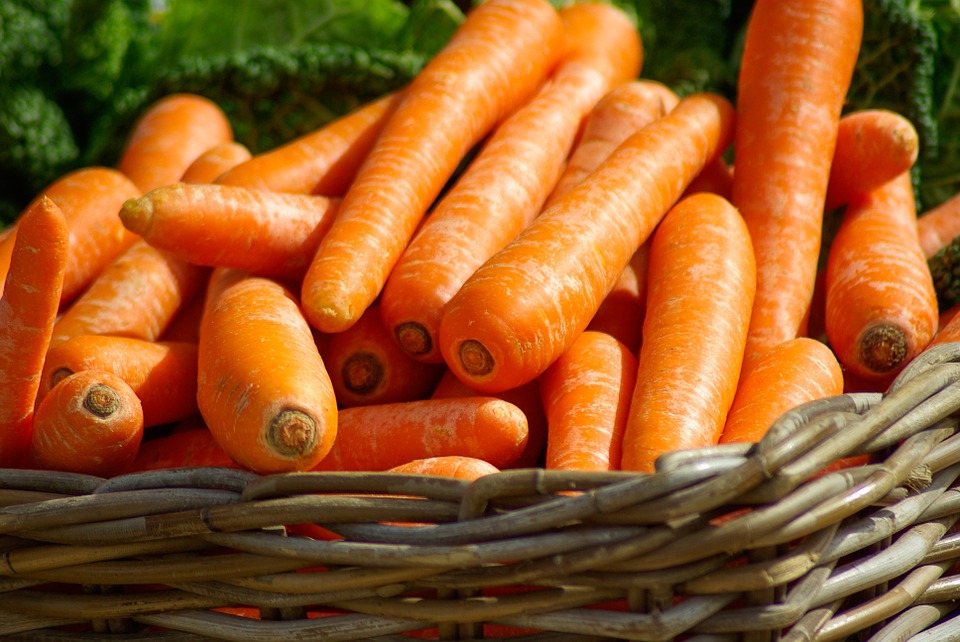
It is suggested that you create a 50 / 50 mix in your compost pile of ‘green’ items and ‘brown’ items. Green items rot quickly and contribute nitrogen and moisture, and brown items decompose slowly and bring carbon and fibre to the mix. If you layer them, it will create the perfect environment for compost creation.
Green items include:
- Fruit and veg peel and scraps
- Teabags and coffee grounds
- Weeds and plants
- Manure
- Grass cuttings
- Hedge clippings
- Hay
- Cut flowers
- Fresh leaves
Brown items include:
- Egg shell and egg boxes
- Cardboard
- Paper bags
- Straw
- Autumn leaves
- Wool
- Tomato plants
- Nuts
- Cork
- Cotton towels
- Kitchen roll
- Sawdust
- Feathers
- Vacuum bag contents

If you’re not sure if you can compost a certain item, always check! Never add dog mess, cat litter, or any cooked food to your compost pile.
When will my compost be ready?
It generally takes 9-12 months for compost to break down and be ready for use. As you wait, continue to add a mix of green and brown items to your pile. If it gets dry and doesn’t seem to be rotting, add more greens. If it is too moist or smells, add some browns.
You will know your compost is ready to use when the pile has shrunk in size significantly and the items you put in it are no longer recognisable, except perhaps some eggshell and the odd twig here and there. Just fish those out of the mix, and add them back on the top of your compost pile.
Do you have any tips for composting? Add them in the comments below, and help others.
Resources
Featured image credit: Pixabay
10 Ways You Can Recycle AND Save Money
Some people don’t realise this, but recycling and money-saving often go hand-in-hand. With this is mind, we put this list together to show you 10 great ways you can save yourself some money whilst also benefiting the environment. They are so easy, you can get started today!
Drink tap water rather than bottled water
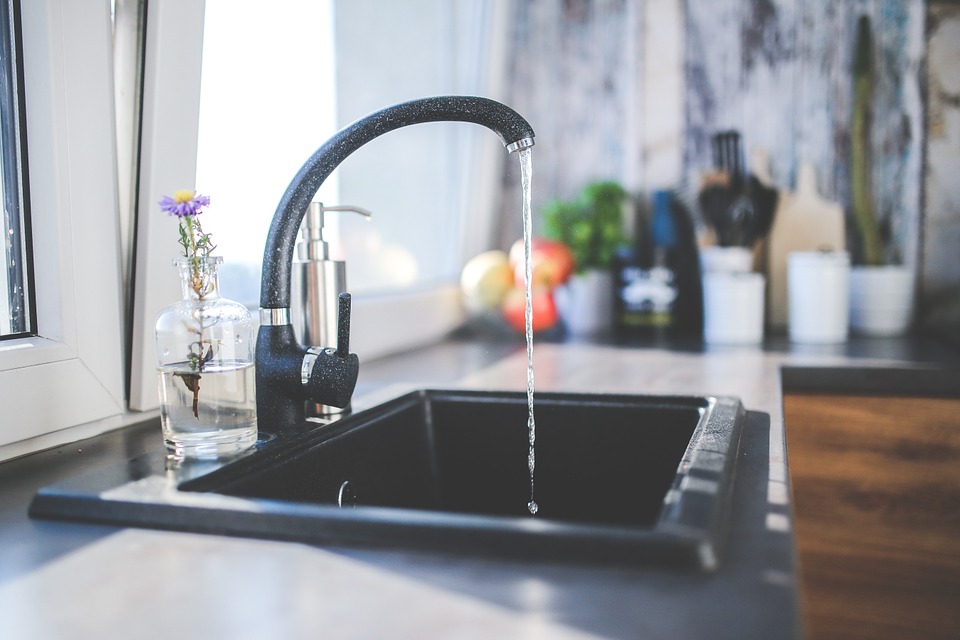
If you’re at home, use a glass which you can wash up. If you’re out and about, just reuse an old bottle which you can refill with tap water as you go about your daily tasks. More and more public places are happy to supply tap water, or have installed drinking water taps.
Sell unwanted clothes
Instead of just binning unwanted clothes, you could make money from them. Sell them in bags to a ‘cash for clothes’ shop, sell them on eBay, or sell them at a car boot sale. There are plenty more ideas here for what to do with old, unwanted clothes.
Reuse old fabrics

Old clothes, curtains, tea towels or bed linen can all be turned into something new and wonderful. Don’t throw them out – instead, try your hand at creating new clothes, cushion covers, bags, phone cases, etc. You could make something beautiful and unique. Even tweaking or updating unwanted clothes could make them wearable again.
Buy second hand clothes
When it comes to adding to your wardrobe, why not buy second hand instead of brand new? You’ll save yourself a lot of money, and it is amazing what some people donate to charity shops. It’s great if you enjoy a rummage. If you prefer to play it safe, or don’t have the free time to browse in charity shops, you can pick up some bargains on eBay – some charities sell on there too.
Reuse containers
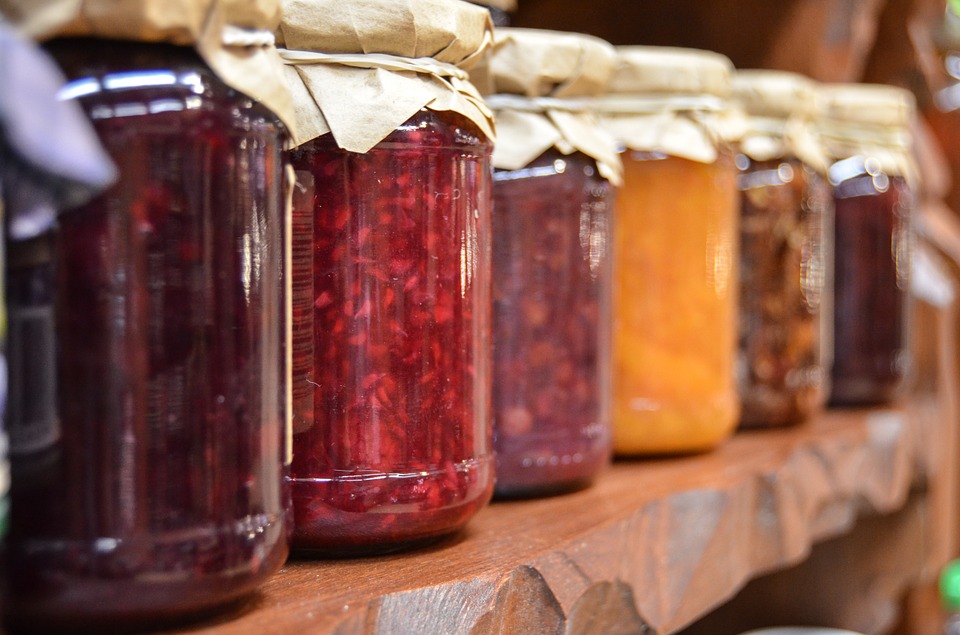
Whether it’s a plastic water bottle, a takeaway container or a jam jar – it can be reused. A jam jar could be really useful and save you having to buy a new container if you, for example, make your own jam or chutney, or need somewhere to keep receipts, tickets, or buttons. Next time you have one ready to recycle, think about how you could give it a new purpose instead.
Reuse grocery bags
Keep all of your plastic grocery and shopping bags, and reuse them. If you use them in your indoor litter bins you won’t have to buy bags specifically for the job. They’re also handy for using as laundry bags when travelling, for scooping in the cat’s litter tray, for collecting the litter at picnics, in the car for sickness, or for protecting your shoes in muddy areas. There are literally hundreds of possible uses!
Compost food waste

We all produce food waste in our kitchens. Some of us just sling it in the bin for landfill, however if you do that you are missing a trick; food scraps are fantastic for creating nutrient-rich compost for your garden, which will save you money on other products. We have written a guide to composting, which you can find here.
Plan your meals
If you plan your meals in advance, you should be able to cut down on food waste from that food that you don’t get around to eating each week. Planning ahead will save you from buying food you aren’t going to eat. Also, by planning your trips to the supermarket or local market you can use less petrol. Bonus!
Get clever with giftwrap
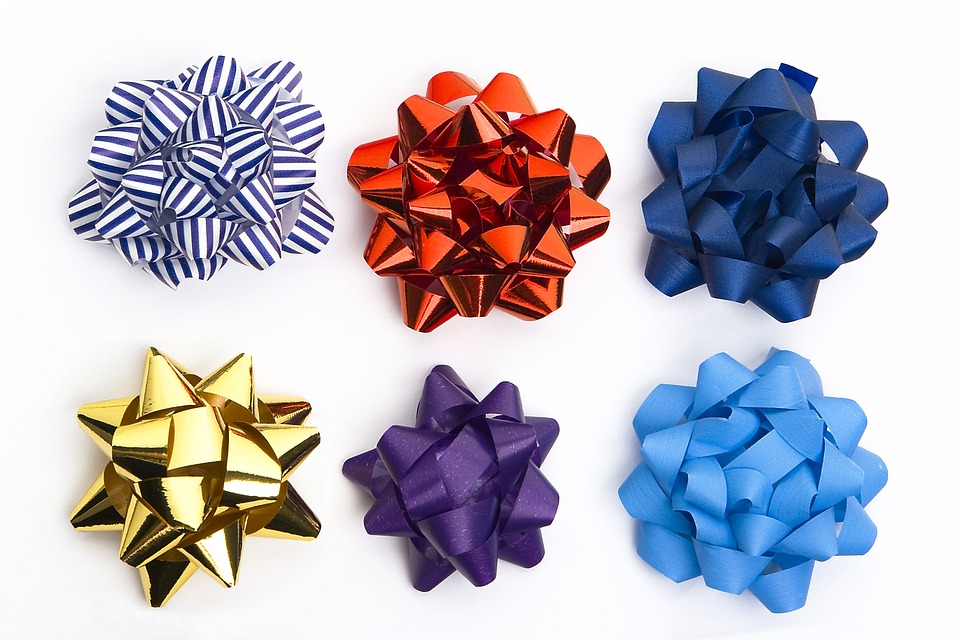
Gift bags are easy to reuse, as you just remove your present and the tag, and refill when needed. If you like gift wrapping, why not try newspaper or magazines instead of splashing out on brand new wrapping paper? You could even use pretty scraps of unwanted fabric or an old headscarf.
Recycle old electronics
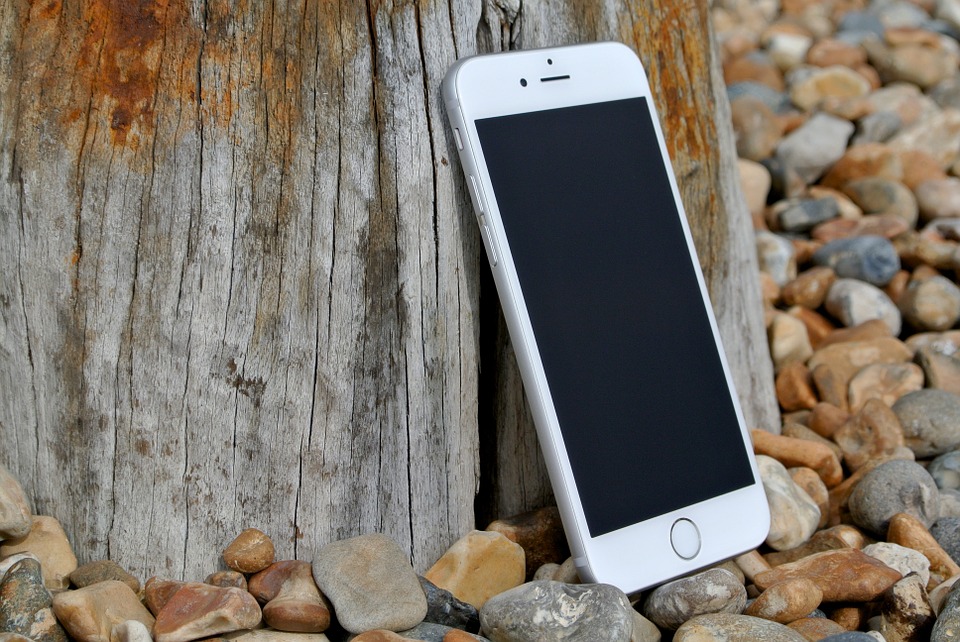
There are many companies out there who buy old mobile phones, meaning you can get some cash from an item you just had gathering dust in your home, not being used. If it is a newer model of phone, eBay could be a better option, and places such as CeX buy many electronic devices, as well as items like video games and CDs.
Do you do any of these money-saving recycling ideas already? Do you have any other suggestions? Let us know in the comments below.
Featured image credit: Pixabay
